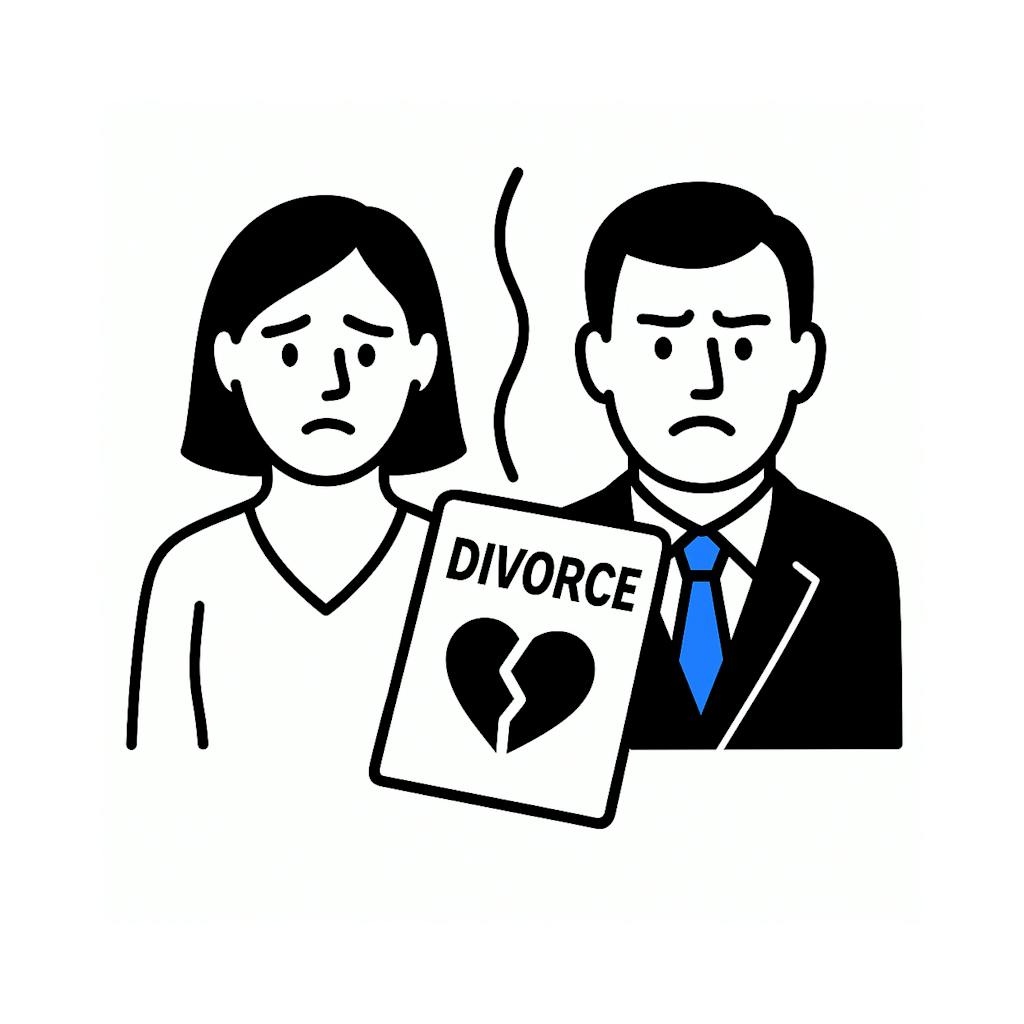Understanding Divorce in the U.S.: A Step-by-Step Guide
by Dos team

by Dos team

Divorce is a major life transition—one that’s often emotionally exhausting and legally complex. If you’re considering divorce or currently going through it, understanding your legal rights, responsibilities, and the key steps involved can help you move forward with more clarity and less stress.
Divorce is the legal process of ending a marriage. While each U.S. state has its own laws and timelines, most now allow for no-fault divorce—meaning neither spouse has to prove wrongdoing like adultery or abuse.
You simply state that the marriage has broken down beyond repair (often called “irreconcilable differences”). This shift toward no-fault divorce helps reduce conflict and streamlines the process for many couples.
Although procedures vary by state, here’s a general outline of how divorce works in most of the U.S.:
One spouse (the petitioner) files a Petition for Divorce or Complaint for Dissolution of Marriage with the appropriate family court. The other spouse (the respondent) is then formally served with the papers.
Some states allow online filings, while others require paper submission through the court system.
The respondent typically has 20–30 days to respond. Many states also require a mandatory waiting period—ranging from 30 days to 6 months—before a divorce can be finalized. This is sometimes called a "cooling-off" period and is intended to give both parties time to reflect or negotiate terms.
During the waiting period, either spouse can request temporary orders from the court for things like child custody, support, or use of the marital home.
This is where couples work out:
This can happen through direct negotiation, mediation, or with the help of attorneys.
Once both parties agree (or a judge decides the unresolved issues), the court issues a Final Judgment of Divorce or Decree of Dissolution, officially ending the marriage.
Finalizing a divorce ends the marriage—but financial matters and parenting arrangements often need separate court orders. If you don’t formalize agreements around property, support, or custody, you may be left vulnerable to future legal disputes or claims.
You’re not legally required to hire a lawyer—but in many cases, it’s a wise decision. Legal representation is especially important if:
A skilled divorce attorney can protect your interests, ensure agreements are legally sound, and help you avoid costly mistakes that could affect you for years.
Navigating divorce shouldn’t mean navigating the legal system alone. Dos helps you:
Whether you’re just thinking about divorce or ready to file, we’re here to support you every step of the way.